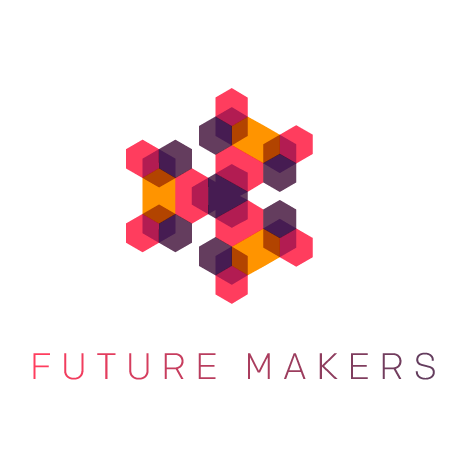3D-printed gold collection aims to transform the jewellery industry
Future Makers: digital manufacturing could "reshape the jewellery industry," says designer Lionel T Dean, who has created a collection that is 3D printed in 18 carat gold (+ movie).
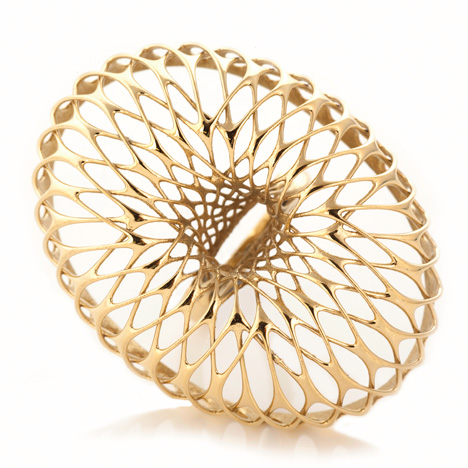
Dean designed the pieces as part of a project called Precious, a collaboration between five companies including software provider Delcam and precious metal supplier Cooksongold, which is aiming to modernise the UK jewellery industry.
The first range, which includes items by Dean and other designers, was unveiled in August at Birmingham City University's School of Jewellery.
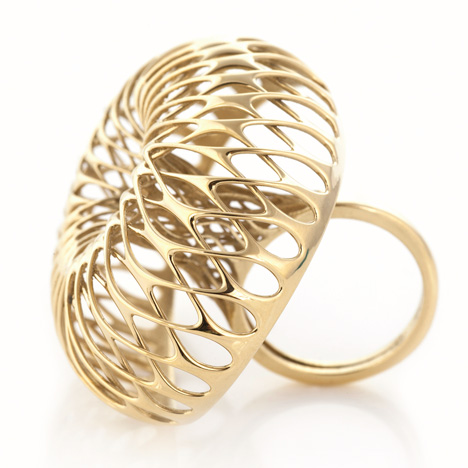
"We're here today to launch our collection of 3D-printed gold artefacts to demonstrate to the UK jewellery industry the potential of 3D printing," Dean explains in the movie. "Additive manufacturing with metal allows you to create forms that would be almost impossible to create by conventional means."
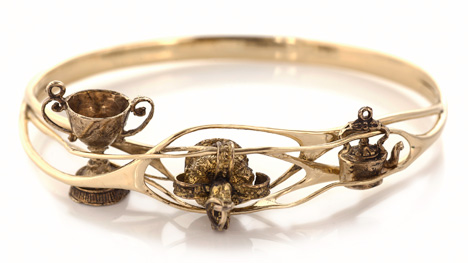
While the jewellery industry has used 3D printing to create moulds for a long time, Dean says it has been much slower to take up printing directly with metal.
"The jewellery industry was one of the early adopters of additive technology, using it in an indirect sense," he says. "So printing waxes and casting from those waxes. It's been more reluctant to adopt direct metal processes."
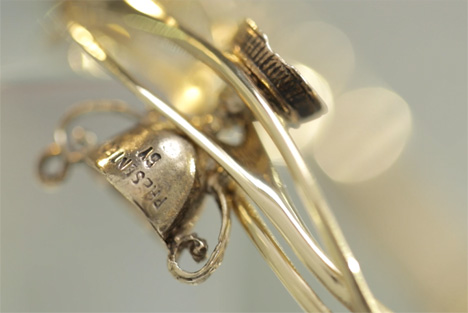
One of the reasons for this is the high value of the raw materials. Initially, Dean tried using a regular laser-sintering machine to produce his jewellery, but the wastage was too high. Cooksongold provided a laser-sintering machine called the Precious M080, which it developed together with 3D printer manufacturer EOS specifically for use with precious metals.
"Regular laser-sintering machines have lots of cavities and places where powder can get trapped or lost," Dean explains. "Obviously with the high value of gold powder, it's important to capture every speck of material. The nice thing about the Precious M080 is that it's designed specifically for gold."
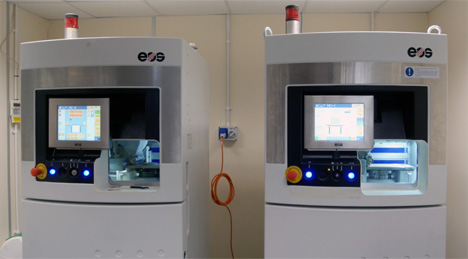
Dean designed a range of customisable 3D-printed jewellery pieces to demonstrate the technology. This includes a delicate latticework ring embedded with gemstones that the customer can position themselves, as well as a bangle that contains miniature reproductions of family heirlooms.
"The customer brings in a piece of retired jewellery that's not fashionable to wear, yet precious to them," Dean explains. "We turn this into a contemporary piece by trapping elements of that jewellery into a contemporary design."

Another piece in Dean's collection is called Heartbeat. Customers are invited to distress a sheet metal heart with a hammer to create a unique shape, which is then scanned and 3D-printed to create a personalised pendant.
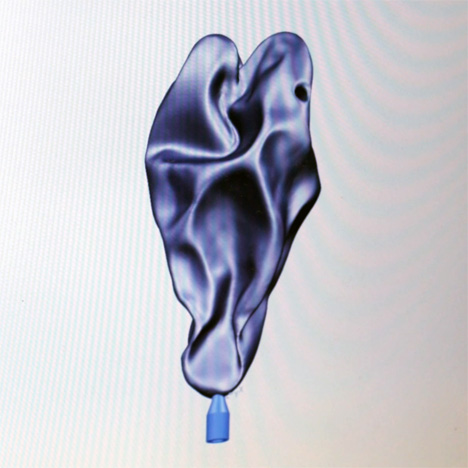
A solid gold pendant this size would be much too heavy to wear – as well as being extremely expensive. But one of the advantages of 3D printing is the ability to create hollow structures with very thin walls.
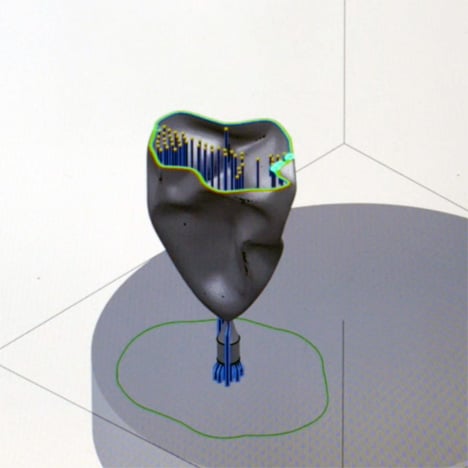
As part of the Precious project, Dean worked with software provider Delcam to develop a new tool for preparing jewellery designs for 3D printing.
"Hopefully in the future this will be launched as a commercial package," he says.
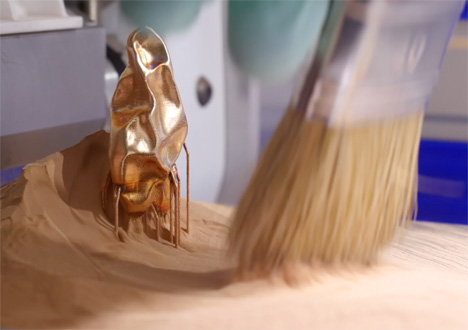
Either way, Dean is sure that the jewellery industry will radically change as designers become more familiar with the host of digital design tools that are available today.
Subscribe to Dezeen's YouTube channel for the latest architecture and design movies
"For me, the future lies in digital design tools and the direct link between those and the artefact you get," he says. "3D printing will reshape the landscape of the jewellery industry as designers get to grips with the capabilities of digital technologies and master the skills to harness them."
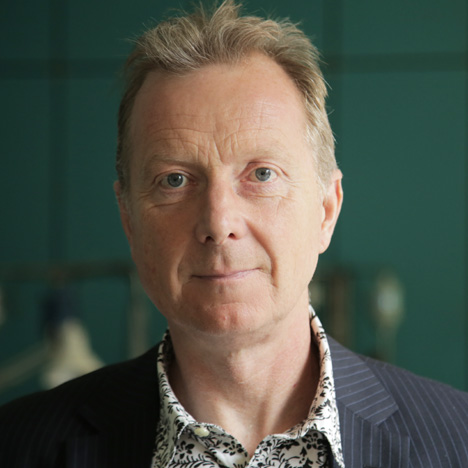
Future Makers is a collaboration between Dezeen and Autodesk exploring how designers are harnessing new digital tools and advanced manufacturing technology to pioneer the future of making things.
